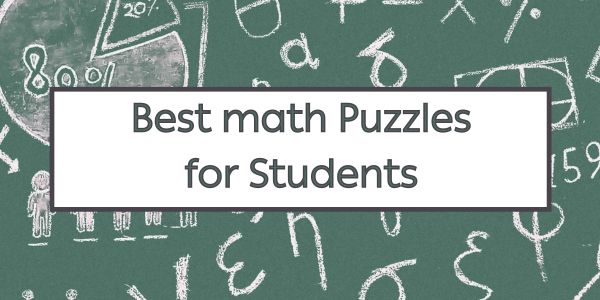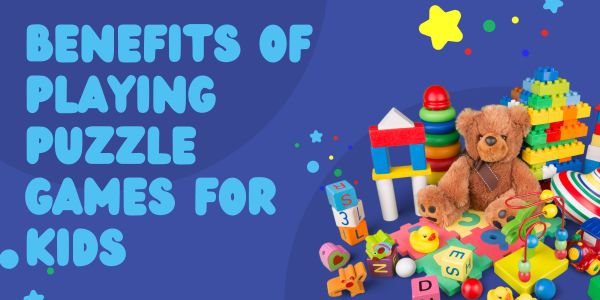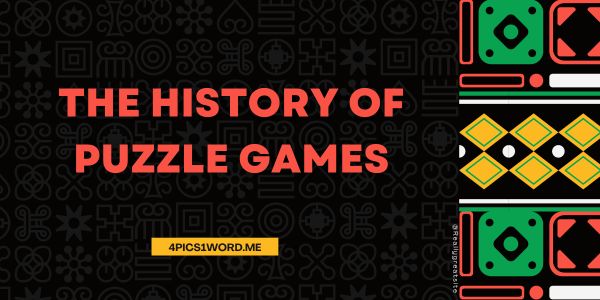
12 Best Math Puzzles To Engage And Challenge Your Students
Mathematics can often be seen as a daunting subject for many students. The formulas, equations, and calculations might seem overwhelming at times. However, incorporating math puzzles into your teaching strategy can make learning more enjoyable and engaging for students. Math puzzles challenge their problem-solving skills and help them develop critical thinking abilities.
In this blog post, we will explore 12 of the best math puzzles that you can use to engage and challenge your students in the classroom. These puzzles stimulate their minds while making mathematics fun and exciting. So, let’s dive right in!

1) Sudoku:
Sudoku is a classic puzzle game that requires logical reasoning and number placement skills. It consists of a grid divided into nine smaller grids with some numbers already filled in. The goal is to fill each empty cell with a number from 1-9 without repeating any number within each row, column, or small grid.
Sudoku helps improve students’ concentration levels and analytical thinking by challenging them to find patterns and solve complex problems systematically.
2) Tangrams:
Tangrams are ancient Chinese geometric puzzle pieces that form various shapes when combined correctly. They consist of seven different shapes – five triangles of varying sizes, one square, and one parallelogram.
By rearranging these seven pieces on a flat surface without overlapping or leaving gaps, students can create numerous figures such as animals, objects, or even letters of the alphabet! Tangrams enhance spatial awareness along with creativity among learners.
3) Crossnumber Puzzles:
Crossnumber puzzles are similar to crosswords but involve numerical clues instead of words.
Students must solve mathematical equations where digits replace letters (e.g., “5 across A three-digit odd prime”). By applying arithmetic operations like addition, subtraction, multiplication, and division, students must deduce which digit represents each letter until they complete all equations successfully. These puzzles encourage students to use their mathematical knowledge and problem-solving skills in a fun and interactive way.
4) Math Riddles:

Math riddles are brain teasers that require logical thinking, deduction, and sometimes even a bit of creativity. They often involve numbers or mathematical concepts hidden within the wording of the riddle.
For example, “What has keys but can’t open locks?” The answer is “A piano.” These riddles challenge students to think outside the box while applying their math skills simultaneously. It’s an excellent exercise for developing critical thinking abilities.
5) Logic Grid Puzzles:
Logic grid puzzles present a set of clues that help solve a logic puzzle by deducing relationships between different variables (e.g., people, items, colors). Students need to organize information systematically using grids until they find consistent solutions.
These puzzles enhance deductive reasoning as well as analytical skills among learners. They also promote patience and perseverance since solving them requires trial and error and careful elimination of possibilities.
6) Number Series:
Number series puzzles consist of sequences where each number follows a specific pattern or rule.
Students must identify this pattern and fill in the missing number(s).
For instance, 1, 3, 6, 10,_,_,
The sequence increases by adding consecutive natural numbers: +2,+3,+4,… So, the following two digits would be 15 and 21 respectively! This type of puzzle improves observation skills as well as numerical understanding among students
7) Math Dice Games:
Math dice games are a fantastic way to make math more interactive and enjoyable for students. One popular game is called “Roll and Multiply.” Students roll two dice, multiply the numbers, and then cover the product on a multiplication grid. The goal is to get four in a row horizontally, vertically, or diagonally.
These games reinforce basic arithmetic skills and improve mental calculation abilities while adding an element of competition among students.
8) Pattern Recognition Puzzles:
Pattern recognition puzzles challenge students to identify recurring patterns within sequences or shapes. For example, “Which shape comes next in this sequence: square, triangle, circle?” The answer would be “square” since it follows a rotating pattern through different shapes. These puzzles enhance visual-spatial reasoning as well as critical thinking skills among learners.
9) Cryptarithms:

Cryptarithms are mathematical equations where digits have been replaced by letters. The task for students is to decipher which letter represents each digit until they solve the equation correctly.
For instance, SEND + MORE = MONEY
Each letter corresponds to one unique digit (e.g., S=9, E=5, N=6, D=7, M=1, O=0, R=?, Y=?). Solving cryptarithms requires logical deduction and trial-and-error strategies that effectively develop problem-solving abilities.
10) Logic Mazes:
Logic mazes combine elements of logic puzzles and traditional mazes. Students must navigate paths based on given clues or conditions until they reach the correct solution.
These mazes promote spatial awareness along with analytical thinking among learners while making mathematics more engaging and challenging at the same time.
11) Fraction War Card Game:
The fraction War card game helps reinforce fraction concepts, such as comparing fractions or finding equivalent fractions excitingly. Each player flips over two cards from their deck containing bits; whoever has the higher value wins both.
This game improves fraction skills and enhances quick mental calculations and strategic thinking.
12) Math Scavenger Hunt:
A math scavenger hunt is a great way to engage students in real-world problem-solving. Create a list of mathematical questions or challenges that require them to find solutions around the classroom or school premises. For example, “Find an object with symmetry” or “Measure the length of the hallway using your footsteps.” This activity encourages teamwork, critical thinking, and the application of math concepts in practical situations.
Conclusion:
Incorporating math puzzles into your teaching strategy can significantly enhance student engagement and challenge their problem-solving abilities. The 12 puzzles mentioned above offer teachers a wide range of options to make mathematics more enjoyable while promoting critical thinking skills among learners.
By introducing these puzzles in the classroom, you can create an interactive learning environment where students actively participate in solving problems rather than passively absorbing information from textbooks. So go ahead and give these math puzzles a try – watch as your students become excited about mathematics!







